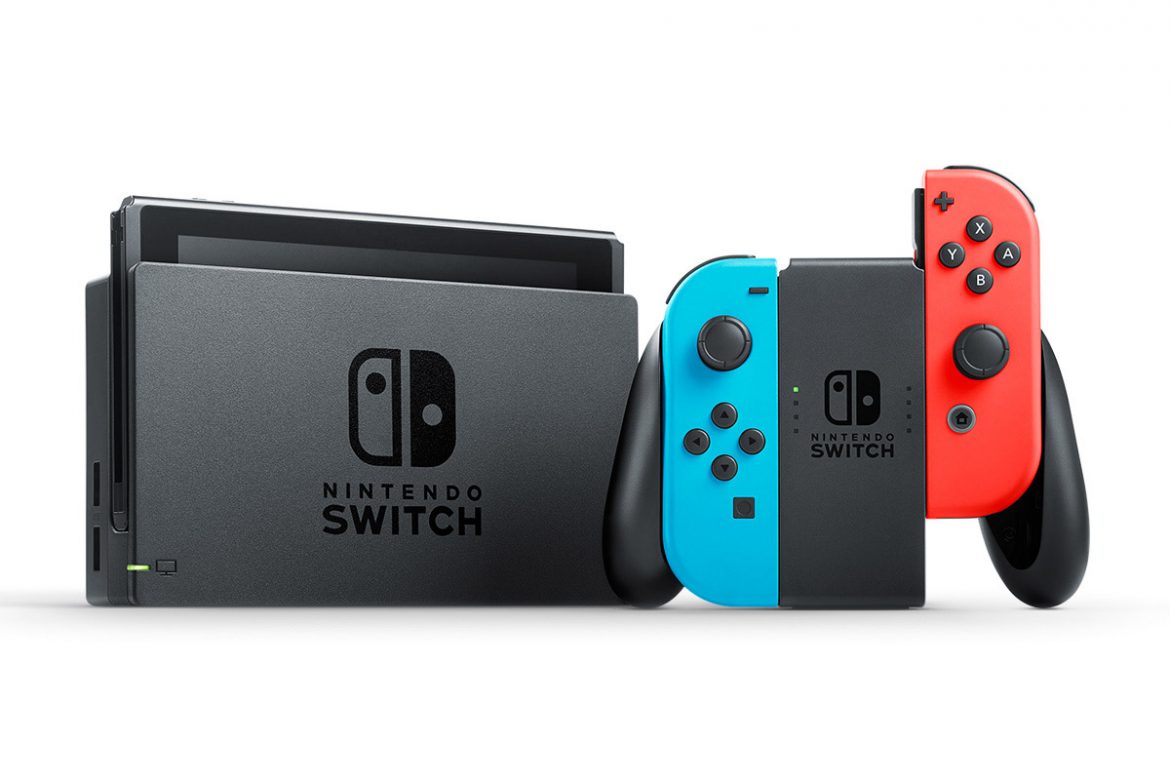TL;DR
Nintendo's latest console, the Switch, breaks the mold by blending home and portable gaming. While it boasts impressive hybrid functionality and stellar games like the critically acclaimed *The Legend of Zelda: Breath of the Wild*, its hardware is less powerful than competitors. The review dives deep into the Switch's innovative design, the compromise between portability and battery life, storage limitations, and the mixed bag of launch titles. Discover if the Switch carves out its own niche or leads a new generation of gaming. Read on for the full breakdown!
Nintendo largely conceded the hardware race around 1996-1997 with the release of their “Ultra 64,” logically named the Nintendo 64. This console made history by introducing Mario’s first fully 3D adventure. The Nintendo 64’s performance surpassed its competitors, namely Sega’s Saturn and Sony’s Playstation. The Saturn struggled to gain market traction, and Sega’s subsequent console, the Dreamcast, while arguably their best, couldn’t prevent the company’s withdrawal from the hardware market in 2001. Microsoft entered the arena months later with the Xbox, effectively replacing the Japanese gaming giant. Playstation, capitalizing on the CD format, has experienced continuous growth, establishing a fifteen-year rivalry among Sony, Nintendo, and Microsoft.
Purchase the latest Nintendo Switch here and support this site.
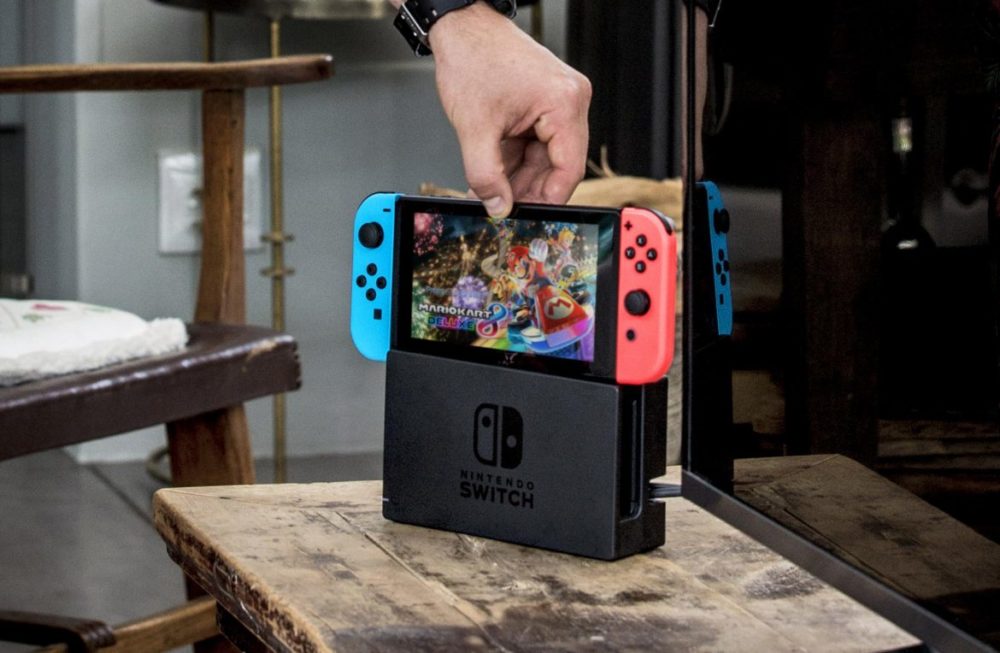
Nintendo’s strength lies in its focus on quality and playability. Seasoned programmers and game developers often cite Nintendo consoles as their preferred platform. Their rigorous quality assurance procedures minimize the need for extensive patches and prevent broken, rushed game releases, issues that have become increasingly prevalent on PC, Xbox One, and PS4. Recognizing the limitations of competing directly with Sony and Microsoft’s technical capabilities, Nintendo strategically positioned consoles like the GameCube, Wii, Wii U, and now the Switch, to launch early in new console generations. However, these systems typically offer less raw performance compared to contemporary competitors. The Switch is no exception, utilizing a modified Tegra X1 hardware platform from Nvidia. While the Tegra X1 provides a respectable performance-to-power ratio, it falls short of the processing power found in the PS4 and Xbox One, and lags even further behind the PS4 Pro and the Xbox One X. This begs the question: Is the Nintendo Switch the last of its generation (considering the Wii U‘s early release) or the vanguard of the next (given the lack of official announcements regarding the next Xbox or PS5)? Perhaps the Nintendo Switch represents a distinct category, diverging from the traditional competition with stationary platforms like Xbox, Playstation, and PC. Our comprehensive review will explore these aspects in detail.
The Hybrid Nature of the Nintendo Switch
The Nintendo Switch functions as both a stationary gaming console (connectable to TVs, projectors, home theaters, and other external displays) and a portable device, easily detached from its docking station for on-the-go gameplay. The primary unit features a crisp 6.2″ HD touchscreen utilizing IPS technology with a 720p resolution, housing all internal hardware components (essentially functioning as a tablet). Included is a docking station with an HDMI output, serving as a stand for the tablet when playing on external displays and providing charging capabilities. Notably, the docking station does not enhance the Switch’s processing power. More details on this are provided below. The tablet is accompanied by two wireless Bluetooth 3.0 controllers, called Joy-Cons (singular or plural), which can be attached to the tablet for portable play. Alternatively, they can be detached and used with the included joypad adapter, creating a more conventional controller, or utilized independently as Wii-mote-like devices for single or multiplayer gaming. The tablet can also be propped up on a surface using its integrated kickstand. The Switch grants the flexibility to seamlessly transition between home, travel, or personal spaces, without requiring an internet connection for streaming, a key advantage over its competitors. This design is truly innovative.

One might assume that the Switch could potentially undermine Nintendo’s portable 3DS XL, or compete with the growing mobile gaming market on smartphones and tablets. While the Switch may encroach on this segment, the core appeal lies elsewhere. The Switch offers a significantly richer and more immersive gaming experience compared to other portable devices currently available. However, it’s also substantially larger and heavier than typical smartphones or a 3DS/PS Vita. In terms of size, the portable Switch is comparable to Atari’s classic Lynx, both being similarly wide and weighing approximately 400 grams, similar to the Wii U Gamepad (although the Switch is thinner). Therefore, it’s not easily pocketable. It’s undeniably portable, but not a replacement for devices dedicated solely to mobile gaming. The true strength lies in the ability to deliver a compelling gaming experience regardless of the chosen mode of play. Portability extends beyond merely playing on the go; it also provides the freedom to seamlessly transfer the experience from the TV to another room, accommodating other family members’ viewing preferences or enabling outdoor play in a hammock. Ironically, the portable experience is arguably the best way to enjoy the Switch. We will elaborate on this point further.
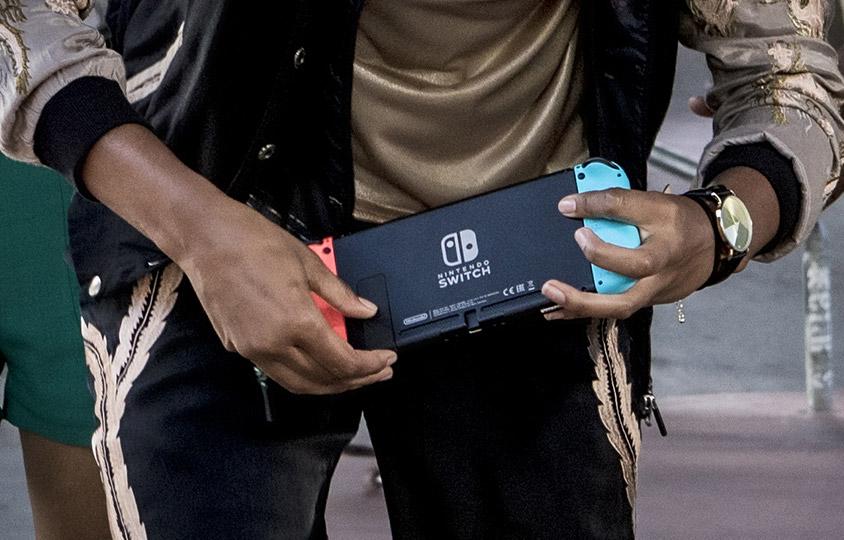
Technology and Specifications
As previously mentioned, the Nintendo Switch utilizes a modified version of Nvidia’s Tegra X1 chipset, likely a customized variant of the Maxwell architecture. (Note: This is an educated guess). The Tegra X1 is a capable chipset, as demonstrated in devices like the Nvidia Shield. Nvidia’s historical challenges with software implementation make Nintendo an ideal partner, given their exceptional software development capabilities. The quad-core processor is based on 2015-era technology, with a reduced clock frequency of 1.02 GHz to conserve battery life. The GPU also reduces its clock frequency in portable mode, mirroring Apple’s approach with the new Macbook. This directly impacts performance, as the Switch doesn’t receive any performance boost when docked. Instead, performance can decrease due to the upscaling from its native 720p resolution (used in portable mode) to 1080p. While the resolution difference is subtle to the naked eye, it places a significant burden on the hardware (approximately a 50-70% increase), especially considering the implementation of more complex graphical effects (as seen in our Zelda review below). This can lead to visually appealing games but, overall, reduced performance on external displays.
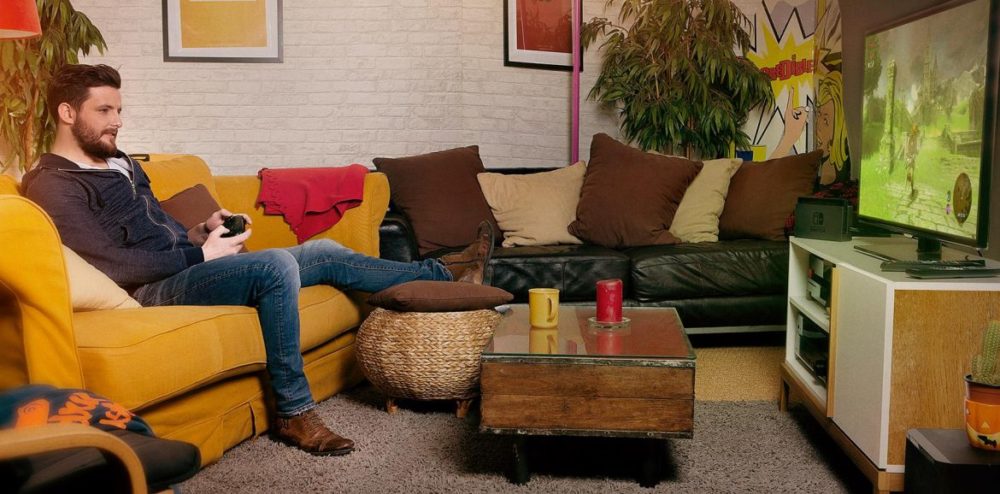
The touchscreen unit includes a 3.5mm headphone jack, compatible with all wired headphones. However, there is no provision for connecting wireless headphones or wired headphones when playing in docked mode. Both the Joy-Con controllers and the adapter lack headphone jacks. Despite the Switch’s Bluetooth 4.1 support, we were unable to pair any wireless Bluetooth headphones, as the system lacks a pairing option. Is this an oversight, or is Nintendo planning to release official wireless headphones? Moreover, older Bluetooth devices from previous Nintendo consoles are incompatible with the Switch, including Wii-motes, Nunchucks, and, most regrettably, the Wii U Controller Pro. The Switch has its own Controller Pro, priced around 800 SEK, which we will review at a later date. The inability to use existing Wii U accessories with the Switch feels…disappointing. Nintendo has vaguely hinted that support for older accessories may be implemented through future software updates. We hope this comes to fruition.
Battery life is a mixed bag. The Joy-Con controllers feature a 525mAh battery, providing commendable longevity of up to 20 hours per charge. However, the Switch unit itself, despite its fairly generous 4320mAh battery, only lasts for approximately 2.5-6 hours. Our testing with various games yielded an average battery life of around 3 hours, which feels somewhat inadequate. A full charge requires 3 hours and can only be performed in sleep mode, not during gameplay (although a discharged Switch can be used while docked, it won’t charge simultaneously). A solution involves connecting the portable Switch to a wall outlet (using the included USB-C adapter) or utilizing an external battery, or power bank. While the USB-C adapter is a viable option indoors or where power is accessible (e.g., on a train), switching the adapter between the dock (where cables are neatly organized) and the portable tablet is somewhat cumbersome. A more practical solution is to purchase a second USB-C adapter, preferably Nintendo’s official version for safety, incurring an additional cost of approximately 400 SEK.
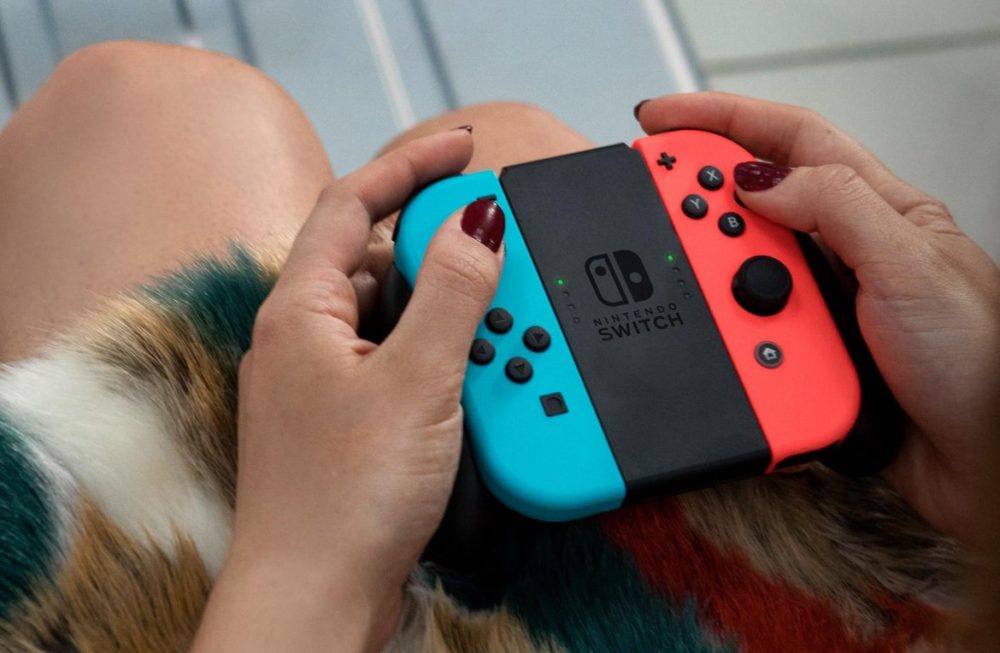
Another recommended purchase is a microSD card with a capacity of at least 64GB, but preferably 128GB. Similar to the Wii U, which shipped with a paltry 8GB of internal storage (with 3GB reserved for the system), the Switch’s included 32GB microSD card is insufficient. After system installation (a mandatory step), only 25.9GB remains for games. While Zelda occupies approximately 8GB, Dragon Quest Heroes 2 requires a full 32GB, exceeding the available storage on the included card. While cost-cutting measures are understandable, Nintendo could have included at least a 64GB card, costing approximately 200 SEK at the time of writing. Considering Nintendo’s large-scale purchases, they should be able to negotiate a significantly lower unit price. Unfortunately, the Switch, unlike the Wii U, doesn’t support external hard drives (at least not at launch). However, a USB port on the back offers hope for future support.
Game Availability for Nintendo Switch
(This section will be updated as more review copies arrive at our office. Please check back frequently!)
The Switch launches with approximately ten games, excluding SNK’s re-released Metal Slug classics. This is a somewhat limited selection, particularly considering that some titles are older games like Skylanders Imaginators, Shovel Knight, and Just Dance. However, the Switch boasts a launch title that could be considered the best launch title of all time…:
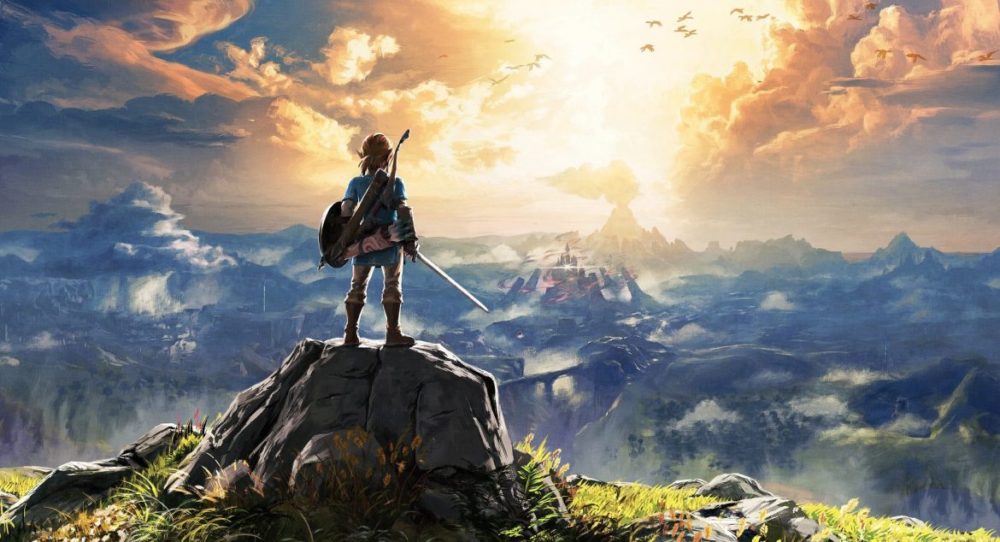
The Legend of Zelda: Breath of the Wild (Nintendo)
This new Zelda game, which has been in development for several years for the Wii U, follows a Twilight Princess model (GameCube —> Wii). While it will also be released on the Wii U, it is best experienced on the Nintendo Switch! After nearly 30 years of exceptional games in the Zelda series, Eiji Aounuma successfully retains the magic of Shigeru Miyamoto’s original Zelda game for the NES (1986), while simultaneously delivering a completely new open-world Zelda experience with a focus on role-playing and adventure. It is beautiful, magical, challenging, and innovative. The linear, point-A-to-point-B structure is gone, replaced with the freedom to explore tangents and side quests, such as climbing mountains and trees, cooking, or simply getting lost in the expansive world. Players can even confront the final boss, Calamity Ganon, directly (although we advise against it).
Zelda: BotW retains the vibrant cel-shading aesthetic of our favorite Zelda game (The Wind Waker) while returning to the more mature design and tone established in Twilight Princess and Skyward Sword. Voice actors have been incorporated for the cutscenes, and while the name of Link cannot be changed, players can name the horses they tame (we named ours after famous politicians).
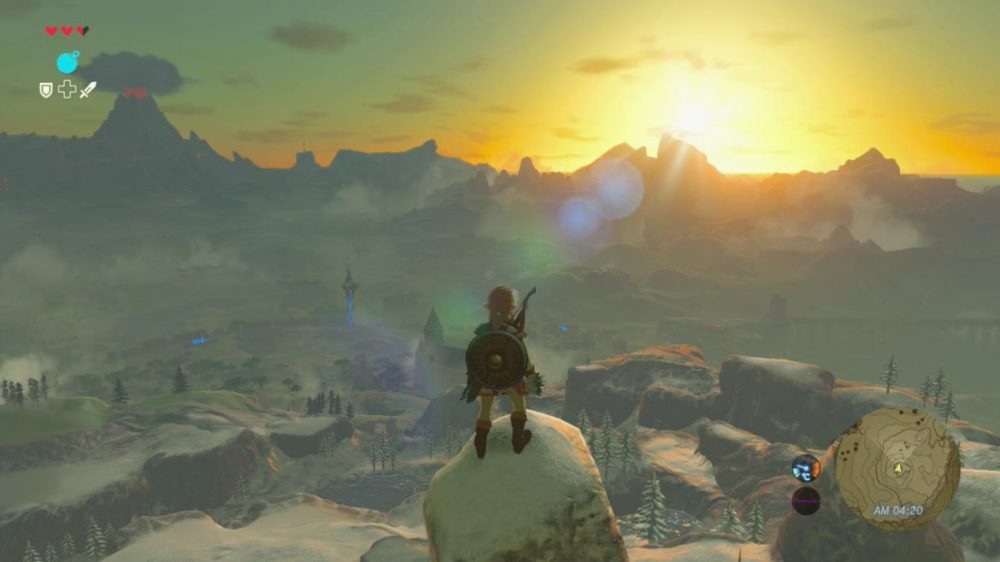
Technically, the game runs smoothly at 30 fps in portable mode. The graphics are rendered at 720p, and certain lighting effects have been reduced, though these differences are imperceptible on the smaller screen. When connected via HDMI to the dock, the resolution remains at 720p. However, as the Switch dynamically upscales to 1080p, a performance difference becomes noticeable. Zelda operates at 900p, which is practically indistinguishable from 720p, even on large displays. The increased clock frequency of the GPU yields improved lighting and object effects, but at the cost of performance. The Switch struggles to maintain a consistent frame rate of 30 fps with the demanding graphics and open-world environment, occasionally dipping to approximately 20 fps. While these dips are infrequent and remain acceptable, they raise concerns about the Switch’s long-term performance. What will happen in a year? How extensively will games need to be rebuilt and adapted for the Switch? What implications will this have for third-party support if developers are required to create custom Switch versions of major franchises like FIFA and Call of Duty? Only time (and Switch sales figures) will reveal the answer. It is regrettable that Nintendo couldn’t incorporate Nvidia’s next-generation Tegra X2 and a larger battery. Furthermore, the upscaling implementation is questionable: If 720p is the Switch’s native resolution, then games should be rendered at that resolution and upscaled by the display hardware. Currently, owners of 4K displays experience two rounds of upscaling—one from the Switch and one from the display itself—potentially impacting sharpness and detail.
Technical aspects and minor imperfections aside, Breath of the Wild is a sprawling, contemporary role-playing adventure from Nintendo, featuring over 100 shrines and countless storylines to explore. It stands as one of the best Zelda games ever created and potentially the best launch title ever released! (Rating 10/10)
Note: Zelda: Breath of the Wild is also available for Wii U, featuring the same content but with slightly simplified audio and graphics. We have yet to test the Wii U version but will provide a comparison when possible.

1 – 2 – Switch (Nintendo)
Every platform needs a defining launch title, something that showcases its unique capabilities. The Wii had Wii Sports, and the Wii U had the underrated NintendoLand. The Switch package doesn’t include a game, but it is evident that 1,2 – Switch should have been the pack-in title (especially as Nintendo owns the IP, so providing the game as a digital download code would incur minimal cost). 1,2 – Switch comprises 28 mini-games designed for competitive play between friends or groups in quick challenges, such as revolver duels, sword fights, cow milking, shaking a carbonated bottle, and guessing the number of marbles in a box. The marble game demonstrates the Switch’s impressive HD-rumble technology, which has been refined to the point where you can “feel” the marbles rolling within the controller. This and other mini-games, like shaking the bottle, cracking the safe’s code, and the competitive eating game, are sure to be popular at gatherings and editorial parties, providing plenty of laughs. However, a number of the mini-games are less engaging, such as the irritating baby-soothing game, the simplistic Baseball guessing game, and the questionable Beach Flag game (requiring players to run in place as fast as possible).
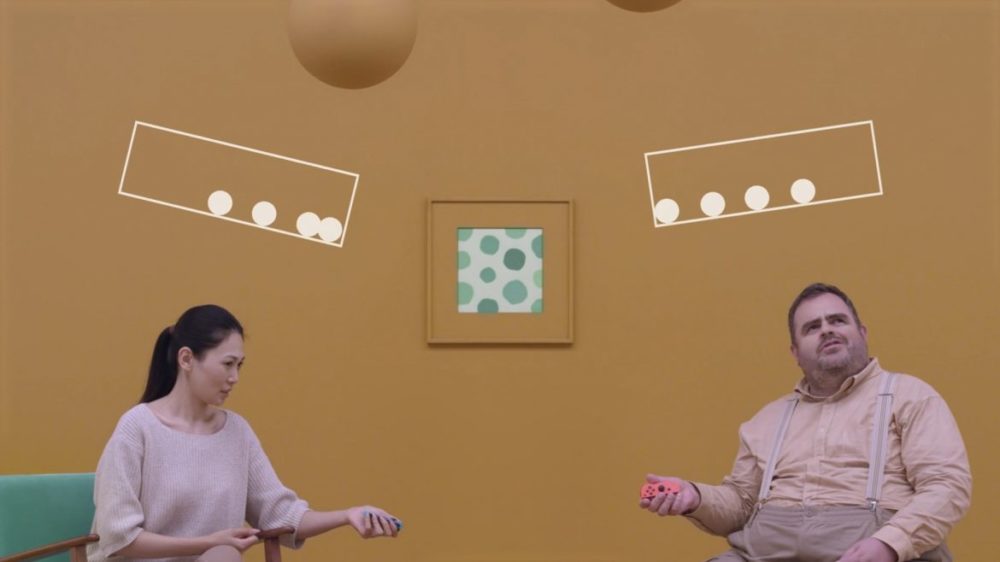
1-2-Switch is essentially a technology demo, albeit a good one. However, the 400 SEK price tag, rather than being included with the console, is perplexing. Marketing its new machine requires showcasing its capabilities, and what better way than to include an accessible party game, as Nintendo has done previously? This stinginess may prove unwise in the long run, and we anticipate that 1-2-Switch will soon be bundled with the console (or by retailers). Spending an additional 400 SEK is questionable, considering that it’s a party game with superficial gameplay and serves more as a demonstration of the Joy-Con’s capabilities than a fully realized gaming experience. (Rating 5/10)
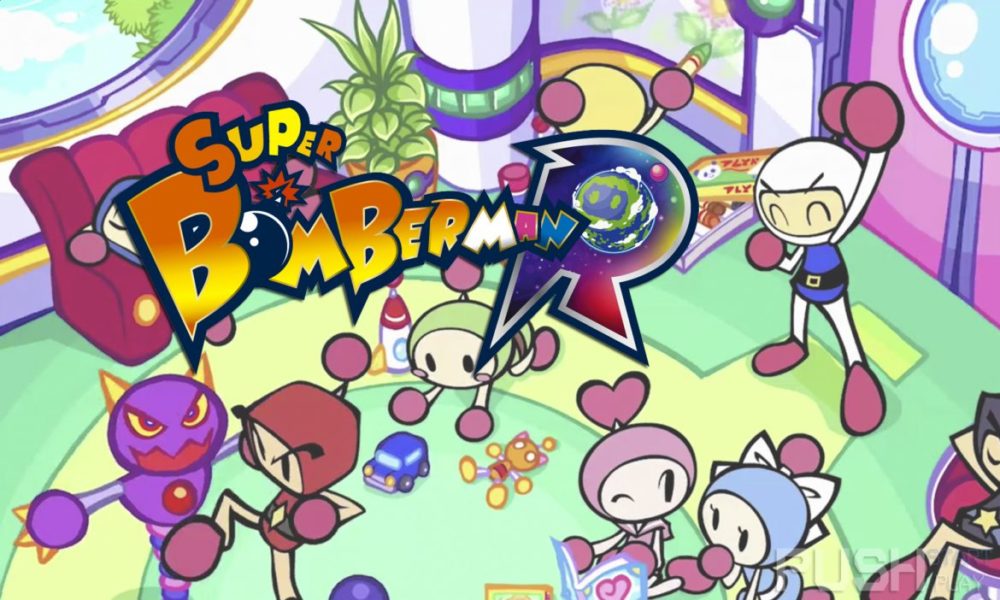
Bomberman R (Konami)
Bomberman is a genuine classic that developer Hudson Soft (now owned by Konami) made a huge impact with on the Super Nintendo (1993). Across a plethora of sequels (this being the 33rd installment!), Bomberman largely retains its multiplayer charm even today. Playing with two or more players is genuinely fun, and we recommend gathering some friends (ideally the maximum of eight, each with their own Joy-Cons) for a fun and competitive deathmatch with bomb-slinging action.
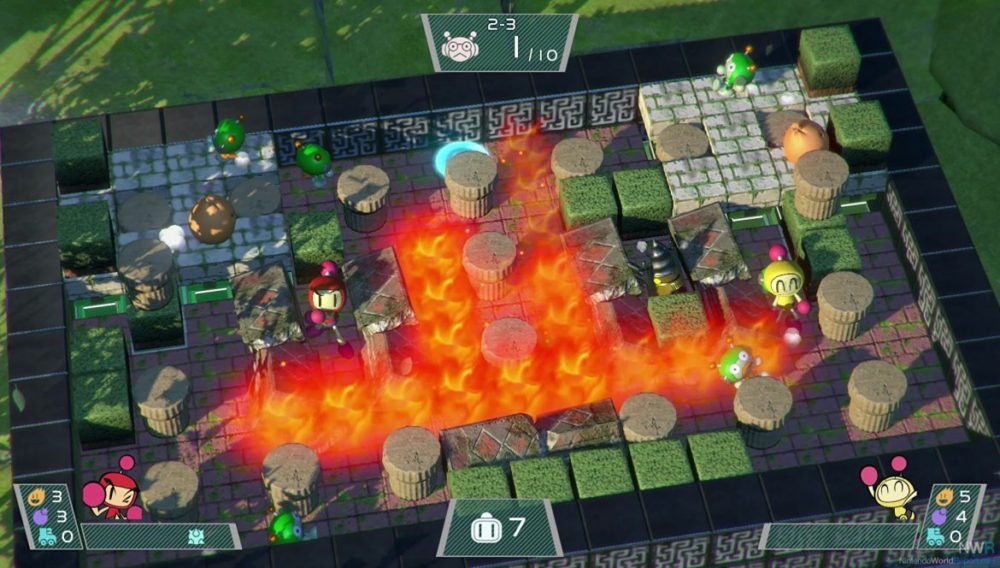
Bomberman R offers a single-player mode and a story campaign featuring boss battles. It’s entertaining, at least initially, and Bomberman has never looked better graphically on any console. However, the price tag of just over 500 SEK for a game that is essentially the same as the one we’ve been playing for nearly 25 years is excessively high. A price of 250-300 SEK would be more reasonable for a fun multiplayer game, but Bomberman R doesn’t offer enough new content to justify the current price. The slow online mode further exacerbates the issue. Our recommendation is to purchase it when the price decreases. (Rating 5/10)
Update 1.3: This patch introduces 60fps support for Bomberman R on the Switch, which was highly anticipated and provides a smoother and more familiar gameplay experience. However, this visual improvement comes at a cost: the resolution has been reduced, which is noticeable on large displays. While we generally believe that 60fps justifies a slightly lower resolution, the fact that Bomberman R is not a graphically demanding game raises questions about the Switch’s overall capabilities.
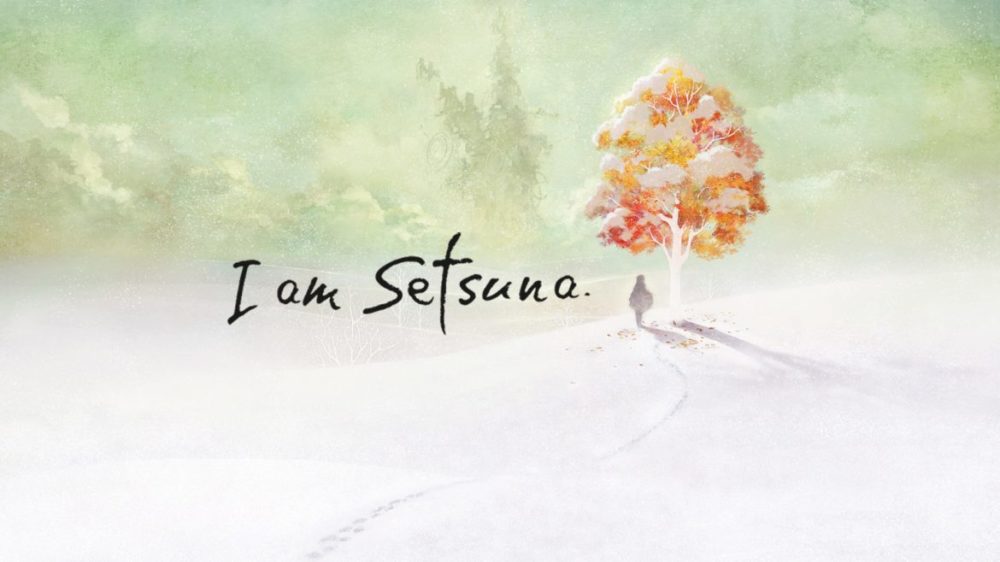
I am Setsuna (Square Enix)
It’s noteworthy that Square Enix, like Nintendo, has not abandoned its roots. Despite releasing lavish, modern JRPGs like Final Fantasy XV (from the same studio), their passion for classic Japanese role-playing games like Final Fantasy VI (VII) and Chrono Trigger remains strong. I am Setsuna possesses a melancholic retro charm that is complemented by the Switch’s excellent screen and audio capabilities. The beautiful soundtrack is a pleasure to listen to with headphones, and despite the option to disable combat exclamations, there is a touching and somewhat epic story to be experienced.
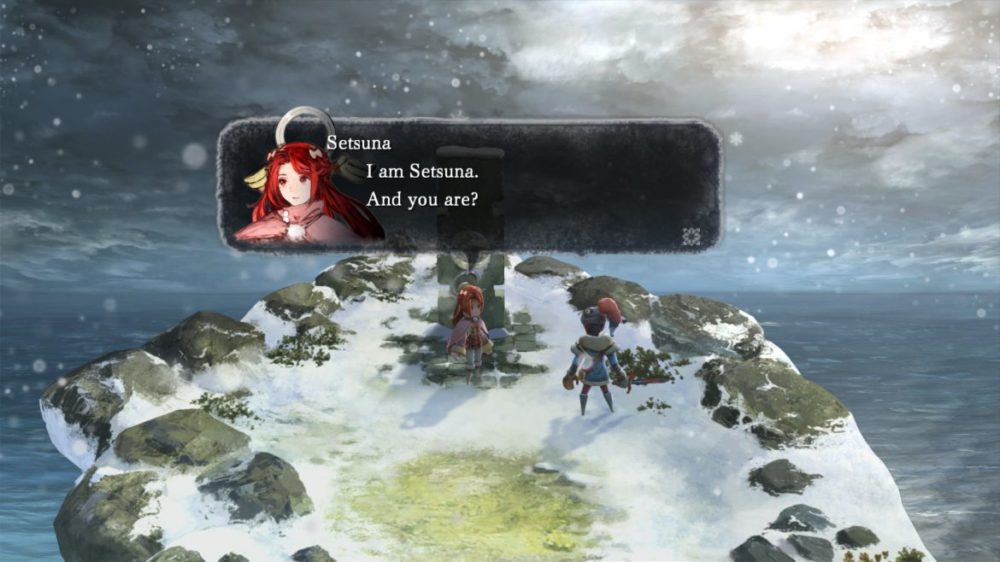
The game maintains a dramatic and slightly somber tone, avoiding comic relief or other diversions that have appeared in similar titles such as Bravely Default. The menus and analytical combat system are familiar to fans of the genre. Those unfamiliar will find it relatively easy to learn, provided they are patient and willing to read the in-game instructions. This role-playing adventure will resonate most strongly with those who played Japanese role-playing games in the 1990s, but other fans of the genre should also consider it. Despite its relatively simple graphics, it presents a compelling story of human fate on the Nintendo Switch. It’s regrettable that the Switch version is limited to 30fps, while the PS4 version achieves 60fps. We believe that the Switch’s hardware should be capable of handling 60fps for a game of this type. (Rating 7/10)
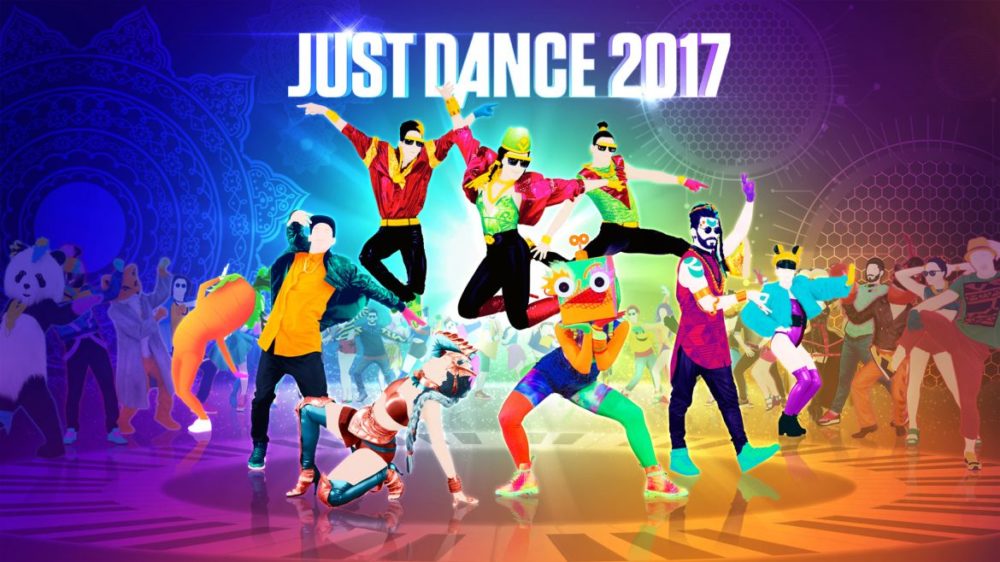
Just Dance 2017 (Ubisoft)
The immensely popular Just Dance series has continued to grow in popularity since its debut in 2009 and
